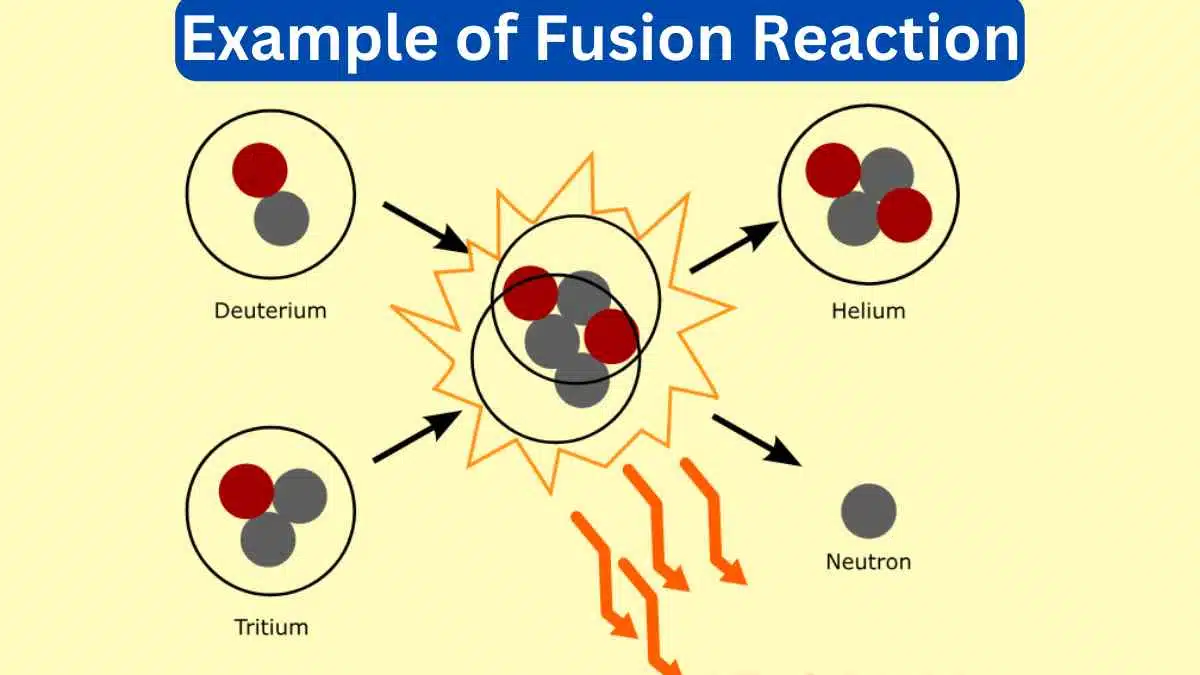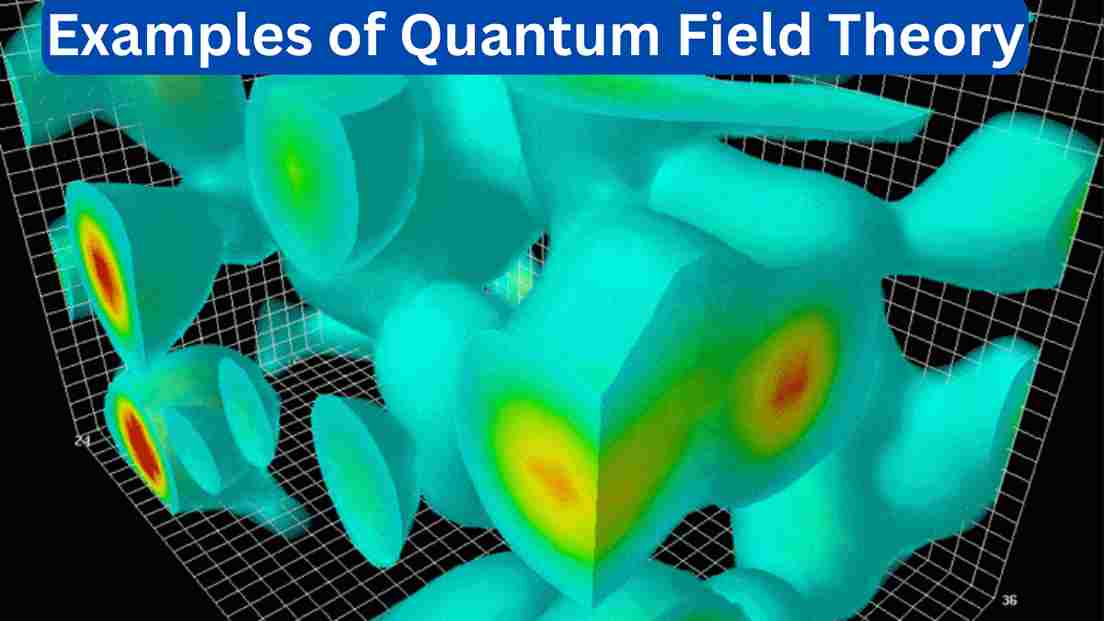10 Examples of String Theory
String theory is a theoretical framework in physics that attempts to reconcile general relativity (gravity) and quantum mechanics by proposing that fundamental particles are not point-like but rather tiny, vibrating strings. While string theory is still a highly theoretical and evolving field.
Examples of String Theory
Here are 10 examples of string theory.

1. Strings
In string theory, the fundamental building blocks of the universe are not point particles but tiny, vibrating strings. These strings come in different vibrational modes, each corresponding to a different particle or particle property.
2. Extra Dimensions
String theory posits extra dimensions beyond the familiar three spatial dimensions and one-time dimension. These extra dimensions are compactified, meaning they are curled up and not directly observable at our macroscopic scale.
3. Supersymmetry
Supersymmetry is a theoretical symmetry proposed by string theory. It suggests that for every known particle, there exists a superpartner with different spin properties. Supersymmetry could help explain the hierarchy problem and unify particle interactions.
4. String Theory Landscape
The string theory landscape refers to the vast number of possible vacuum states or solutions of string theory equations. These different vacua could give rise to different physical universes with distinct properties.
5. Branes
In string theory, branes (short for “membranes”) are extended objects similar to strings but with more dimensions. They can exist in various dimensions and play a crucial role in many string theory scenarios, including the creation of our universe in brane cosmology.
6. Dualities
String theory exhibits various dualities, such as T-duality and S-duality, which relate different string theories to each other. These dualities have been instrumental in uncovering connections between seemingly distinct theories.
7. AdS/CFT Correspondence
The AdS/CFT correspondence, or the gauge/gravity duality, is a significant result in string theory. It establishes a surprising connection between string theory in a five-dimensional anti-de Sitter space (AdS) and a four-dimensional conformal field theory (CFT). It has been used to explore strong coupling phenomena in quantum field theory.
8. Multiverse Hypothesis
String theory has been invoked in discussions of the multiverse hypothesis, where our universe is just one of many universes with different physical laws and constants. String theory’s landscape of vacua is often cited in this context.
9. Black Holes and Information Paradox
String theory offers insights into the behavior of black holes and the resolution of the black hole information paradox. It suggests that the information falling into a black hole may not be lost but encoded on its event horizon.
10. Unification of Forces
String theory aims to provide a unified description of all fundamental forces, including gravity, electromagnetism, and the strong and weak nuclear forces. While this goal has not yet been fully realized, string theory has shown promise in this regard.
These examples showcase some of the key ideas, concepts, and implications associated with string theory, which is a complex and still evolving framework in theoretical physics. While it has not yet been experimentally confirmed, string theory continues to be an active area of research and exploration in the quest for a unified theory of fundamental physics.







Leave a Reply